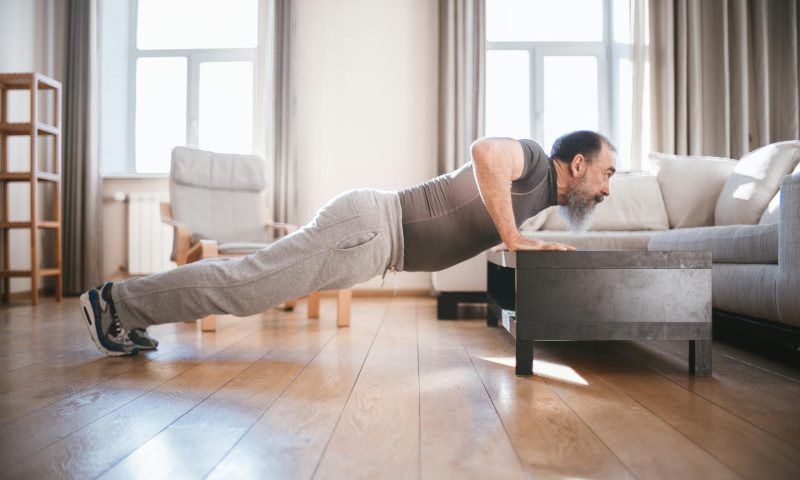An interesting study revealed that around 90% of people with type 2 diabetes aren’t meeting the weekly physical activity recommendations. While there are benefits of exercise for people with and without diabetes, researchers have found that physical activity and modest weight loss can lower type 2 diabetes risk by up to 58% in high-risk populations. The researchers noted that the acute and chronic improvements in insulin action are accomplished with a powerful combination of aerobic exercise and resistance training.
Resistance training refers to exercise using resistance, such as dumbbells, kettlebells, or resistance bands. Exercise can be a useful, advantageous tool in the management of diabetes, blood sugar issues, and insulin resistance. So, what’s holding people back from getting the benefits of exercise and lowering those risks?
Not enough shut-eye?

For me, one of my biggest obstacles is if my energy is too low and I haven’t had enough sleep the night before, so I try to prioritize and improve my sleep, which in turn improves my exercise consistency.
Researchers delved into why so many people with type 2 diabetes aren’t meeting those exercise guidelines. Let’s check out the research.
The study

In a study published in Medicine & Science in Sports & Exercise, researchers collected data from the Steno Diabetes Center’s outpatient clinic in Denmark. The study involved four focus groups and 28 individuals with type 2 diabetes aged 39 to 71. Participants were also asked open-ended questions and shown images, statements, and quotations about physical activity.
The most common barriers to exercise

The researchers discovered that the most common barriers to exercise for those with type 2 diabetes who are overweight or obese include:
- Functional limitations in the body.
- Logistical challenges, such as a lack of time or knowledge about where to exercise in their local area.
- Uncertainty about the safety of different types of exercise.
- Low motivation.
- A lack of tailored, personalized support.
The researchers also unveiled that being physically active alongside others provided a sense of mutual commitment and enjoyment, showing the benefits of group classes or exercising with a family member or friend.
Concluding thoughts

Many people just aren’t sure where to start or what to do next. Sometimes, with all the different exercises, plans, methods, and programs out there, it can seem a little daunting, especially if you’re a newbie or it’s been a while. This is where working with a personal trainer or an online coach can be useful, even if it’s just to help get you started and on the right track.
You can also try to exercise more with your friends or family. In this study, the researchers concluded that when people are active, a higher level of social interaction can help them to maintain those activity levels.




